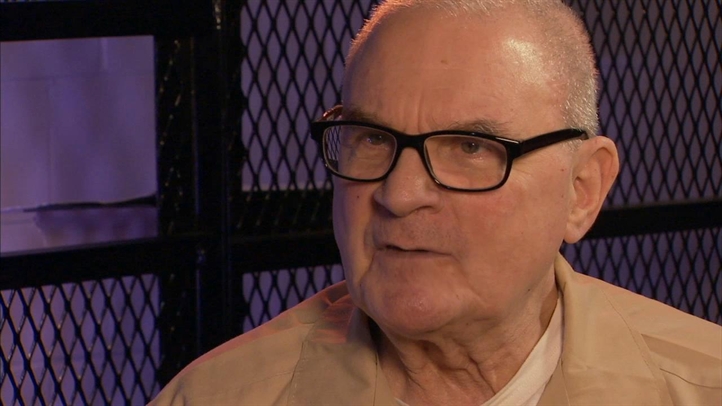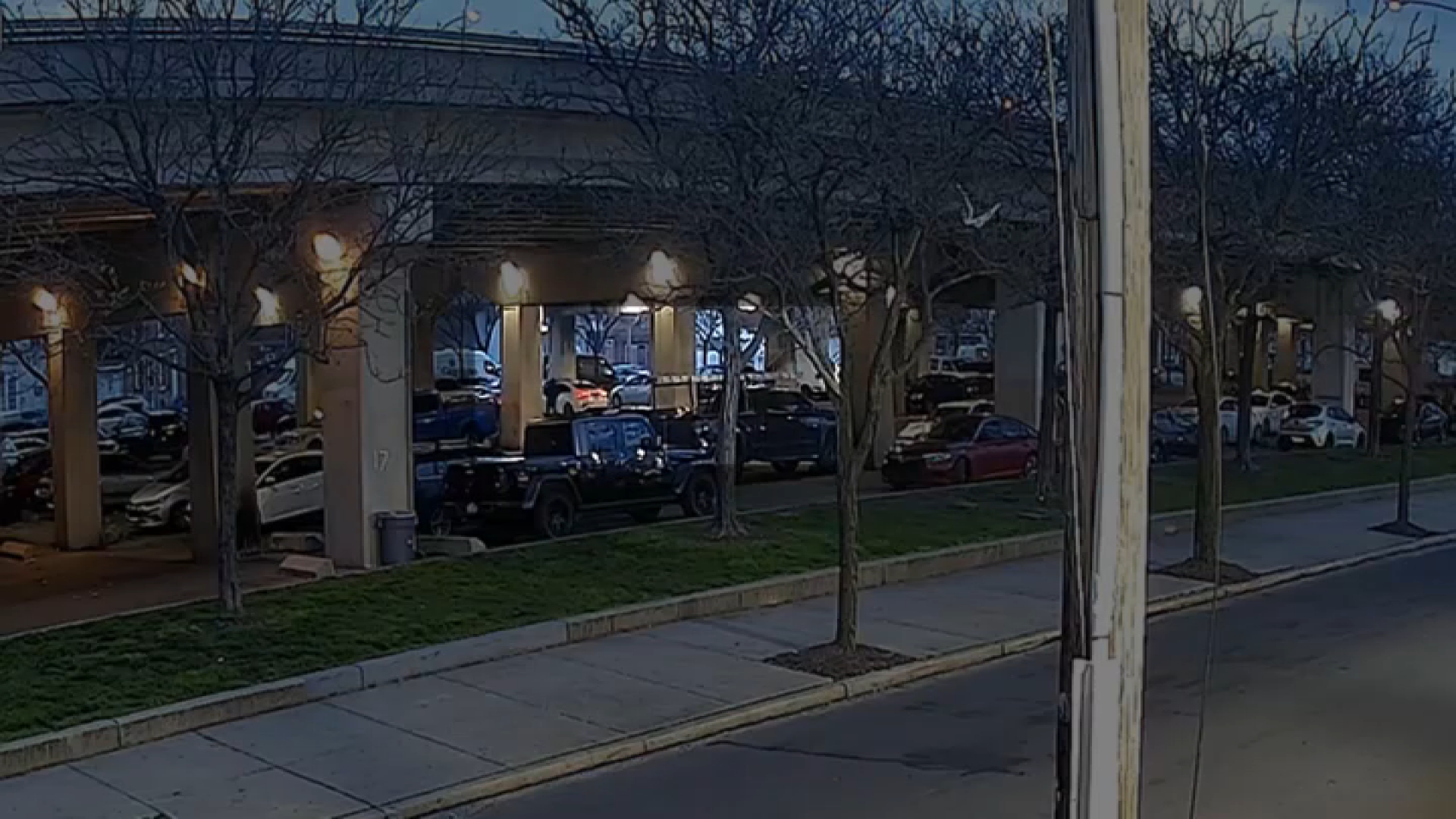Two-hundred artists from around the world applied for a series of three-month residencies in West Philadelphia this year. Fifteen were selected to receive studio space, resources, and a little money to do whatever they wanted.
But there was one condition: For every hour of time spent working in the studio, they would have to volunteer for an hour with a local community organization.
The Neighborhood Time Exchange program did not ask the artists to create community-based work, nor require their art be related to their volunteer work.
"A lot of residencies that do that, but those two things can be quite distinct," said Justin Langlois, co-founder of Broken City Lab, an art collective focused on social practice in Vancouver and Windsor, Ontario. "What are the roles we can all play together, and how might those roles be not so coded, so predetermined from the outset?"
Broken City Lab was invited to coordinate this residency by the Mural Arts Program in Philadelphia, along with the city's Office of Arts, Culture and the Creative Economy as well as the People's Emergency Center, a community service organization in Mantua, Powelton Village, and neighborhoods surrounding Lancaster Avenue.
Local
Breaking news and the stories that matter to your neighborhood.
In 2012, PEC generated a revitalization plan based on a series of discussions with residents and small-business owners. The plan, "Make Your Mark," identified issues of concern, such as safer streets, access to fresh produce, and computer literacy to bridge the digital divide.
"Within that plan, there is a heavy focus on using art and working with local artists as a tool for community building," said Kevin Musselman, a project manager with the People's Emergency Center.
In their applications for the residency, the artists described a community project for which they would like to volunteer, but they will not be required to stick to it. Once they arrive, the artists will be allowed to explore the neighborhood and its needs, and come up with an alternative project.
Artist will be encouraged – but not required – to consider some of the revitalization plan's low-hanging fruit, including creating signage for local businesses, installing bike racks, or turning vacant lots into green spaces. "Those are all tangible ideas that we recognize as something we can easily do," said Musselman.
The residency's deliverables are fluid, at first. Artists will be allowed to follow their muse, both socially and creatively, before working. A major component of the project is a hub – studios at 4017 Lancaster Ave. – where artists will be immersed in the community while they work on their personal creative projects.
"If your work does not have to be connected to your art, and vice-versa, maybe something interesting will come out of that," said Langlois.
Jane Golden, executive director of the Mural Arts Program, said the experimental residency project comes at a time when her organization is creating more projects that stay embedded in specific neighborhoods for longer periods of time.
"We've worked in communities for 30 years, and the question is, how do you do it better?" said Golden. "What does it mean to really have an honest exchange with a community and a neighborhood, where there is real parity and equity and access?"
The 15 artists will be spread out over nine months. The first round will be the Philadelphia-based artists Betty Leacraft (textile) and Ian Sampson (comics), and the New York-based photographer Philippe Leonard. They will be hosting an open house Friday at their studios during the "Second Friday" gallery crawl to meet their neighbors and find out what they would like them to do.



